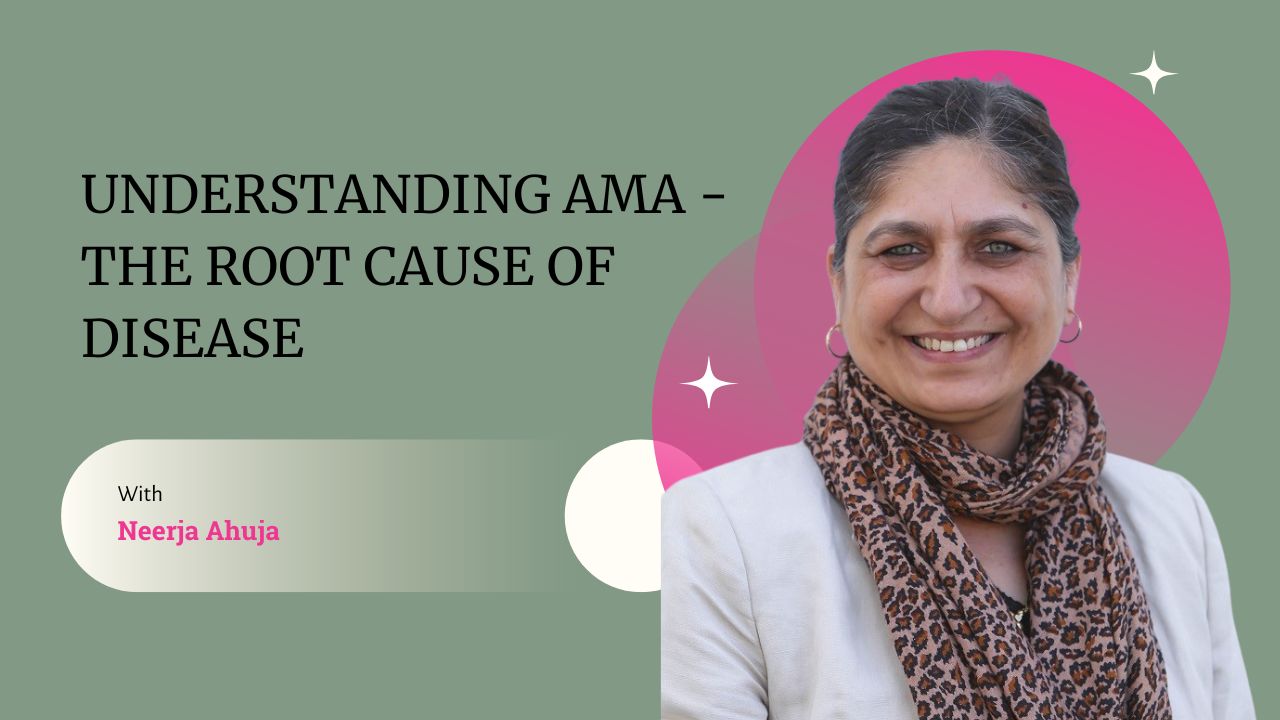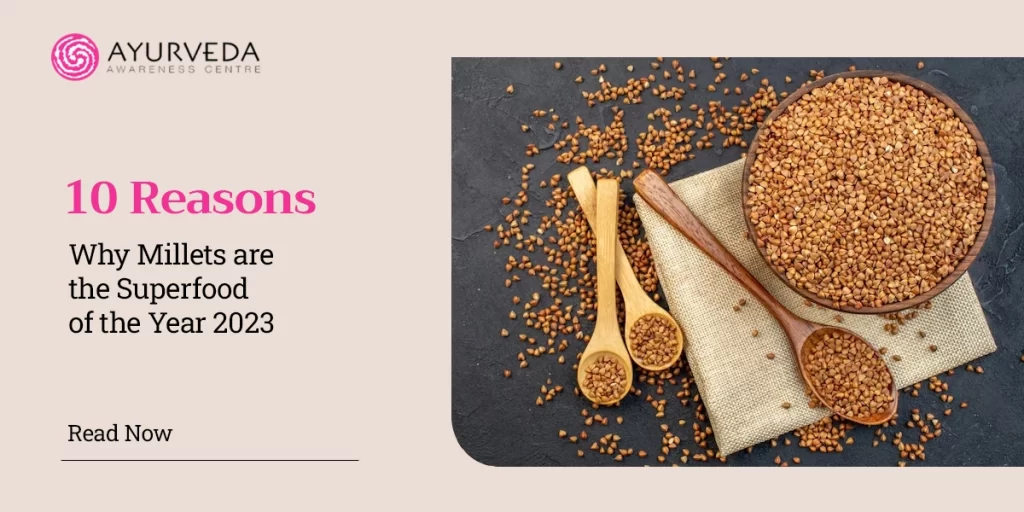
Millets are small-seeded grasses, also known as nutri cereals, that have been gaining popularity as a superfood in recent years. They come in different varieties, such as pearl millet, finger millet, and foxtail millet. Millets have been consumed for centuries as an ancient grain. With the support of FSSAI (Food Safety and Standards Authority of India), they are being recognised as a superfood. The United Nations General Assembly declared it the International Year of Millets this year. This article takes a closer look at the benefits of millet and how Ayurveda is connected to it. But first, let’s understand what superfoods are and what they are called “super”.
What are superfoods?
Superfoods are nutrient-dense foods packed with a wide array of beneficial compounds and hailed for their potential health benefits. They are typically rich in vitamins, minerals, antioxidants, and phytochemicals, making them valuable additions to a balanced diet. Superfoods often include fruits and vegetables such as berries, leafy greens, and cruciferous vegetables like kale and broccoli; whole grains like millets, oats, quinoa, red rice and nuts and seeds, such as chia seeds and almonds, which provide healthy fats and protein.
Millets – an essential superfood
Millets are recognised as a remarkable superfood due to their exceptional nutritional value and numerous health benefits. Since they are hardy in a various conditions, these small-seeded grains have been grown for thousands of years. They are a fantastic source of fibre, vitamins, protein, and antioxidants containing around 20% per cup cooked. It makes them an excellent choice for vegetarians and vegans who want to boost their protein intake without relying on animal products. They are gluten-free and have a low glycemic index, making them suitable for individuals with gluten sensitivity or diabetes. Start including millets in your diet immediately if you haven’t previously, as they are a balanced source of nutrients.
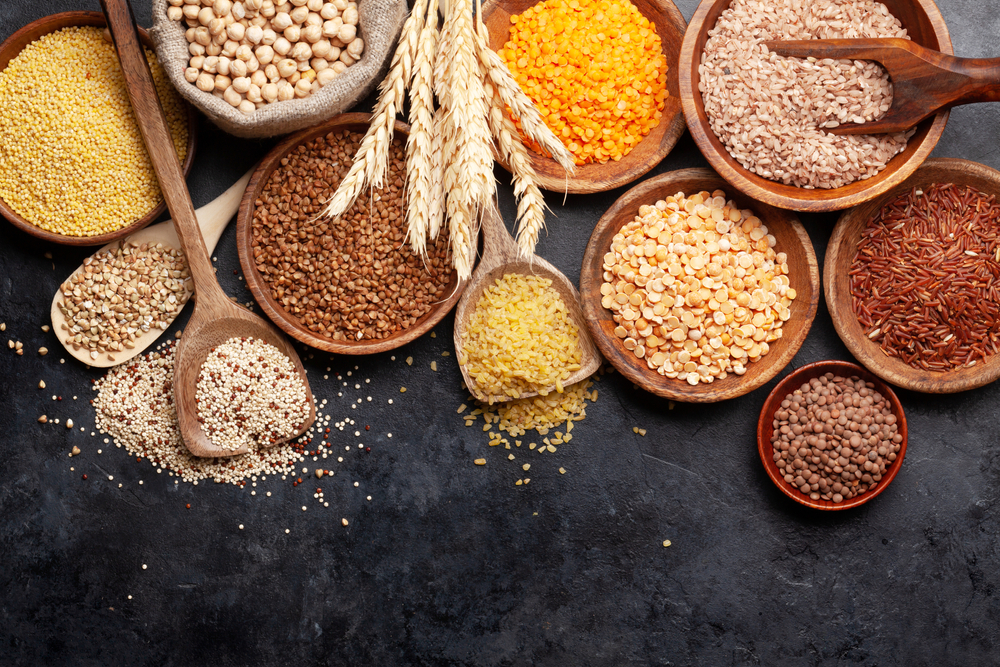
Ayurveda and Millets
You will be surprised to learn that Ayurveda deeply connects with millets and embraces them for their cooling properties, easy digestion, and suitability for different body constitutions. According to Ayurveda, millets are considered tridoshic, meaning they help balance all three doshas—Vata, Pitta, and Kapha—making them suitable for people with various body constitutions. Rich in fibre and nutrients, millets support balanced energy and digestive health. Regular millet consumption in alignment with one’s Ayurvedic constitution can contribute to overall well-being, promoting good digestion, balanced energy, and optimal health. Check out Ayurveda Awareness Centre for a more detailed approach to Ayurvedic practices.
Types of millets
As per the FSSAI classification, millets are categorised into Major Millet and Minor Millet based on the size of their grains. Major millets consist of sorghum, pearl millet, and finger millet, while minor millets include barnyard, kodo, foxtail, little, and proso millets.
Additionally, there exists another classification known as pseudo millets, which, although not belonging to the Poaceae botanical family like “true” grains, offer significant nutritional value. Buckwheat and Amaranth are examples of pseudo-millets possessing various essential nutrients. Each type of millet, including the pseudo millet, is a powerhouse of nutrition, making them adaptable and suitable for various diets and cuisines.
WHY ARE MILLETS SUPERFOOD?
1. Millets are Gluten-Free Superfood
For people with gluten intolerance, millets are a fantastic choice.
They are a great alternative to wheat, barley, and rye, which contain gluten. Millets are packed with essential nutrients and fibre, which adds a healthy addition to any diet.
Millets are a low glycemic index (GI) food. The GI measures how quickly blood glucose levels rise after eating a certain food. Low-GI foods cause gradual increases in blood sugar and insulin levels, which helps you feel full and stay energised for longer.
2. Millets are a Nutritional Powerhouse
Millets are a nutritional powerhouse packed with vitamins, minerals, and antioxidants. They are rich in protein, fibre, and essential amino acids, providing good nutrients for vegetarians and vegans. Millets are also low in fat and cholesterol, an ideal food for weight management.
They exhibit varying nutritional compositions but are generally abundant in dietary fibre, essential vitamins, minerals, and docosahexaenoic acid (DHA). They offer complex carbohydrates, fatty acids, and a diverse range of nutrients, with a high source of vitamin B like riboflavin and niacin.
3. Beneficial to the Digestive System
Millets are rich in fibre, which helps to regulate the digestive system. They are also a prebiotic food, which helps in increasing the growth of healthy bacteria in the gut. It can support better digestive health and lower the chance of experiencing digestive issues such as constipation and irritable bowel syndrome.
4. Millets Can Help Heal Chronic Conditions
Millets are full of anti-inflammatory properties, making them a great food for people with chronic conditions such as arthritis, asthma, and heart disease.
5. Millets Can Help Heal Diabetes
Millets possess a low glycemic index, rendering them an excellent dietary choice for individuals with diabetes. The presence of dietary fibres in millet contributes to the potential reduction in the risk of diabetes. It is due to the gradual breakdown and absorption of dietary fibres in the body, leading to better regulation of blood sugar levels. Furthermore, millets are rich in magnesium, which aids in lowering fasting blood sugar levels and enhancing the effectiveness of naturally produced insulin.
6. A Great Source of Energy
Millets are an excellent energy source for athletes and individuals leading active lifestyles. Their abundance of complex carbohydrates ensures a steady and sustained release of energy, supporting enhanced performance and endurance throughout the day. Incorporating millet into your diet can be beneficial in meeting the energy demands of a dynamic lifestyle.
7. Millets are Environmentally Sustainable
Since they are environmentally sustainable, they require less water and fertiliser than other crops. They are also drought-resistant and can grow in poor soil conditions, making them an ideal crop for farmers in developing countries.
8. Millets can fight against Cancer cells
Some varieties of millets also contain anti-cancer properties such as lignans and saponins, which help prevent cancer growth in humans by slowing down cell division, stopping cell proliferation and preventing tumour growth by increasing apoptosis (programmed cell death) and exhibiting anti-inflammatory properties.
Moreover, the high fibre content in millet helps in reducing the risk of cancer, particularly colorectal cancer, by promoting regular bowel movements and preventing constipation.
9. Millets are a great Vegan & Vegetarian Source
Millets are an excellent plant-based protein source, making them valuable to vegan and vegetarian diets. Rather than other grains, millets boast a higher protein content. The Journal of Food Science reveals that finger millet contains a protein content of up to 11.62%, surpassing the protein levels found in rice, wheat, and corn.
Furthermore, the protein in millets is considered complete, as it encompasses all nine essential amino acids. This distinction positions millet as one of the few plant-based protein sources that provide our bodies with these vital amino acids.
In addition to their protein content, millets are rich in essential vitamins, minerals, and dietary fibre, contributing to a healthy digestive system. Due to their natural, gluten-free nature and low-calorie content, millets are also a favourite choice for individuals aiming for weight loss and maintenance.
10. Millets are Delicious
Millets are delicious and used in various dishes such as dosa, porridge, bread, and pancakes.
Looking for Millet-based recipes?
RECIPE 1 – Wholesome and Nutritious: Foxtail Millet Dosa
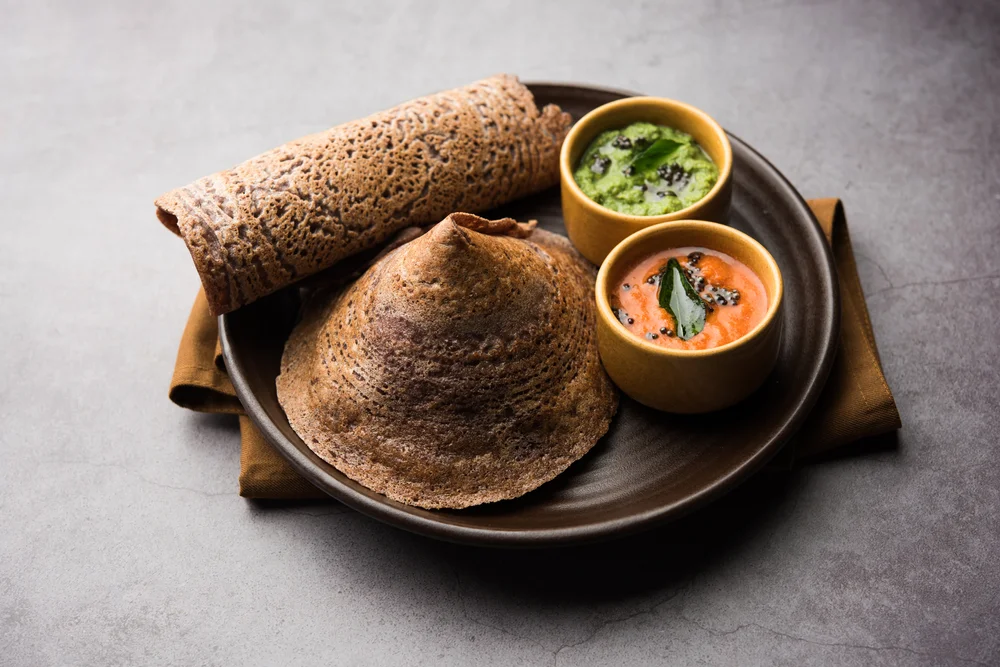
Ingredients:
- 200 gm millet foxtail
- 100 gm idly rice
- 1 1/2 teaspoon fenugreek seeds
- 80 gm urad dal
- Oil as required
- Salt as required
Instructions:
- Rinse the foxtail millet, urad dal, rice, and fenugreek seeds under running water.
- Soak all the ingredients in water for about 6 hours or overnight.
- Strain the water and transfer it to a blender or mixer grinder.
- Grind the mixture to a smooth batter, adding water gradually as needed. The consistency should be similar to regular dosa batter.
- Transfer the ground batter to a bowl and add salt. Mix well and let it ferment for 6-8 hours or overnight. Fermentation helps to improve the taste and texture.
- Give a gentle stir to the fermented batter.
- Heat a non-stick or cast-iron skillet (tawa) to medium heat and lightly grease it with oil.
- Pour a ladleful of batter onto the centre of the tawa and evenly spread it to form a thin dosa. Drizzle a little oil on the edges of the dosa until golden brown.
- Enjoy this nutritious Foxtail Millet Dosa with sambhar or coconut chutney.
RECIPE 2 – Nourishing Vegetable Millet Soup
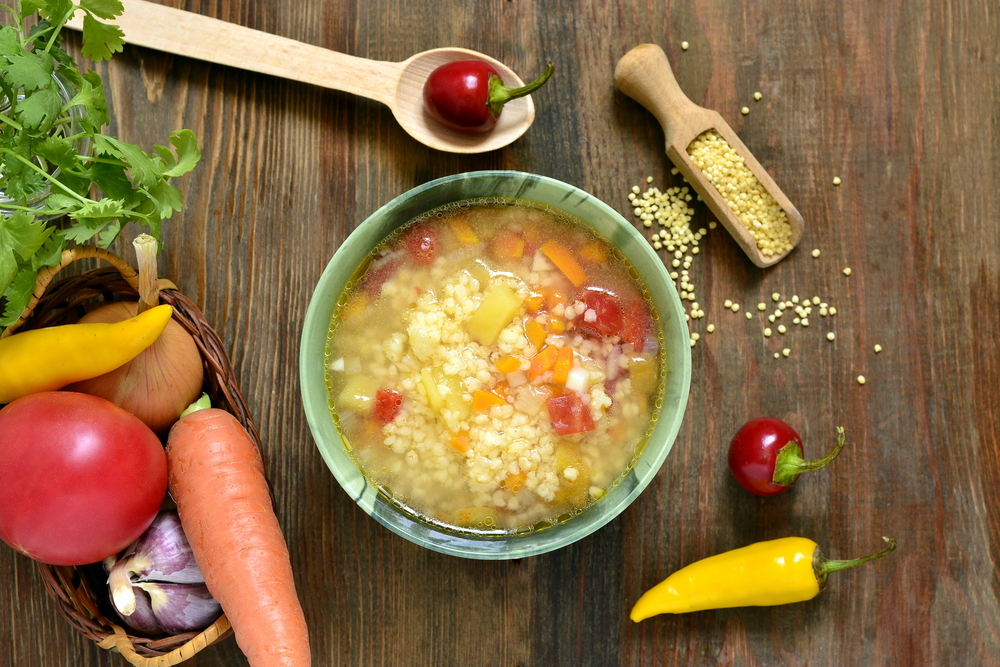
Ingredients:
1/2 cup millet (any variety such as pearl millet, foxtail millet, or finger millet)
1 tablespoon olive oil
1 small onion, diced
2 cloves garlic, minced
2 carrots, diced
2 celery stalks, diced
4 cups vegetable broth or water
1 teaspoon dried thyme
1 teaspoon dried oregano
Salt and pepper to taste
Fresh parsley, chopped (for garnish)
Instructions:
- Rinse the millet thoroughly under running water and set it aside.
- Heat your pan on medium flame and add olive oil.
- Add the chopped onion, minced garlic and sauté until they become translucent and fragrant.
- Add the diced carrots and celery and cook for a few minutes until they soften.
- Pour in the vegetable broth to a boiling temperature.
- Add the rinsed millet, dried thyme, oregano, salt, and pepper to the pot. Stir well.
- Reduce the heat to low, cover the pot, and let the soup simmer for about 20-25 minutes or until the millet is cooked and tender.
- Adjust the seasonings to your requirements and turn off the heat, allowing it to cool.
- Puree the soup until smooth or creamy texture using an immersion or regular blender. Be careful when blending hot liquids.
- Pour the blended puree back into the pot and warm it on low heat.
- Garnish with fresh parsley and serve hot.
Enjoy this comforting and wholesome Millet Soup!
Check out our article on Turmeric Latte, a healthy drink for cold and other flu problems.
There are several health advantages to consuming millet. They are a gluten-free superfood, a nutritional powerhouse, helpful in digestive problems and can help in healing chronic conditions such as diabetes and cardiovascular problems. They are also environmentally sustainable, affordable, and delicious. And the best part, they are super tasty and can be eaten in different forms.


